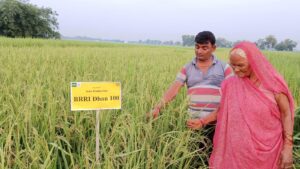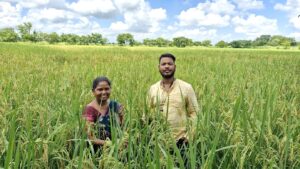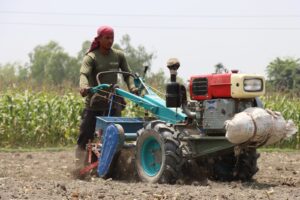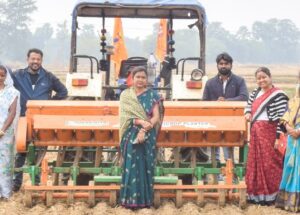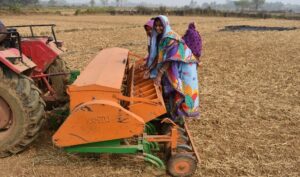
Birds, maps, and genetic resources
I’ve always been interested in nature and in geography. As a young boy, I spent many hours bird watching and looking at maps. When I began to think about what to study at university, I thought it would be great to do a degree in zoology and take up ornithology as a career. But I came to realize there were very few posts in ornithology. In any case, my interest in plants grew. So, I attended the University of Southampton starting in 1967 and spent 3 years there, half the time on learning about land forms, glacial processes, river processes, etc., and the other half working on a full botany degree. After Southampton, I took a new one-year master-of-science course in plant genetic resources offered at the University of Birmingham. This fit into my interests at the time and my intention was to finish the course and find a job.
At the end of my first semester in early December 1970, Jack Hawkes, the head of the Department of Botany, asked me, “Mike, how would you like to go to Peru in South America for a year?” Well, I had always been fascinated with the map of South America. It’s a huge continent of jungles and mountains. I had always wanted to visit Peru and here was the opportunity. So, I said, “When do I get the ticket?”
Best of both worlds
Well, it didn’t quite work that quickly. Hawkes had gone to Peru as part of a USAID-North Carolina State University-Peru joint mission on potatoes. This had been set up in the mid-1960s and it was slowly being transformed into what would become the International Potato Center (CIP) in 1971. The soon-to-be director general of CIP, Dick Sawyer, was looking for funding and he’d been to the UK to talk with the people at what was later to become DfID (Department for International Development). He wanted somebody like me to go to Peru for one year to take over the management of the germplasm collection while he sent a young Peruvian to Birmingham for training.
What got in the way of me going immediately was the CGIAR (Consultative Group on International Agricultural Research). Because, in 1971, discussions were taking place to form what would become the CGIAR later in 1972 and DfID was still debating whether it should join this entity or whether it should continue to give funding on a bilateral basis. So, being delayed for 15 months, I started a PhD at the University of Birmingham funded by the UK government and eventually headed to Peru in January 1973.
I had the best of both worlds in many ways—I was employed by the International Potato Center and, at the same time, I was there doing my PhD in a country that I’d always wanted to visit. It was a marvelous time. I was 24 years old and, as they say, “the world is your oyster.” My fiancée, now my wife, Stephanie, joined me in mid-1973 and we were married in Lima in October. I had responsibility for germplasm collecting and carrying out research on one section of the germplasm collection that CIP was maintaining.


